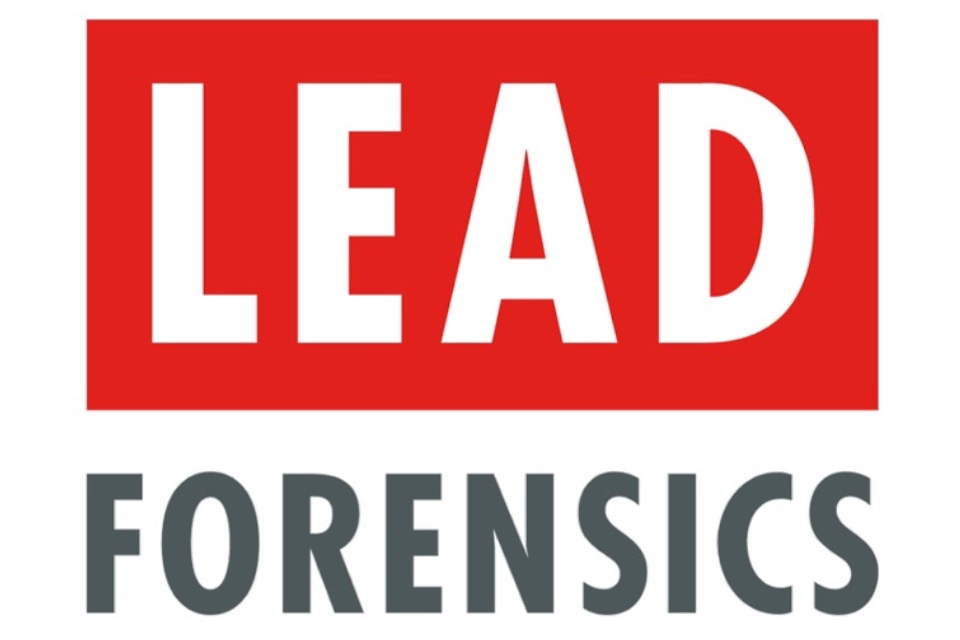Will marketing become a remote working profession after COVID-19?
If you’ve enjoyed working from home these past few months, you might be in luck: remote working could be here to stay. Chris Stappard, Managing Director of Edward Reed Recruitment, explains why flexible and remote working could become the norm for marketing professionals after the pandemic has passed...
At the start of 2020, flexible working was viewed by many as a perk or a privilege — something that an employee might work their way up to after a few months or even years at a company. But then the COVID-19 outbreak hit, and all that changed overnight as businesses and agencies across the country were forced to start working from home full-time.
Now, even though the lockdown is beginning to ease, most people are still working from their kitchen tables and home studies, and many marketing professionals haven’t set foot in an office building for over three months. With the government continuing to advise that those that can work from home, should work from home, it looks as though most businesses will be working remotely until at least the late autumn.
But what will happen when the danger has passed, or a vaccine is found? I think there’s a lot of evidence to suggest that flexible and remote working may become the new normal for a lot of professions — including marketing. Here, I’ll take a look at just some of the reasons that the industry might embrace remote working.
Employees have enjoyed working remotely
There’s plenty of evidence to show that workers in most professions prefer remote working, but it’s especially popular with those in the marketing sector. Over 90% of marketing professionals say they prefer to have some say over how and where they work, according to a survey from Marketing Week.
Employees cite all sorts of reasons for preferring remote and flexible working, including skipping the commute, being able to plan their working day around childcare and other personal commitments, and having a better work/life balance. It’s clear that this can be a much better way to work for employees and, as a result, they may be much more likely to petition their employers for this to continue after the lockdown is over.
Flexible and remote working may help with recruitment
Now that employees have enjoyed a taste of flexible working, I think it’s safe to assume that it may become a higher priority for workers when job hunting. And that means, if employers want to be ahead of the competition in the race for the best talent, they’ll need to build flexibility and remote working into new roles. If staff start to see this as the bare minimum, rather than a perk, employers will need to start offering it as standard if they want to find the best hires.
It’s not just about offering an attractive workplace culture to prospective hires, though: it could make recruitment easier for employers, too. If staff can work remotely for some or all of the working week, then staff won’t need to live within commuting distance, removing the need for lengthy commutes or relocation. This would greatly broaden the talent pool employers have access to and allow companies to recruit staff at a national rather than local level. So, I wouldn’t be surprised if this is something that employers are keen to capitalise on after the lockdown has eased.
It can help cut costs and increase profit margins
Over the past few months, we’ve seen that it’s possible for businesses and agencies to operate efficiently while working from home. It just goes to show that remote working can be a productive and effective way to work, and that it doesn’t necessarily have to result in decreased output or a loss of profit. As a result, I expect that many businesses will be wondering whether it’s really necessary to spend a sizeable chunk of revenue on an office space anymore. This is especially relevant when you consider that the lockdown has been a tough trading period for a lot of businesses, so any opportunity to cut costs will look very appealing.
In future, I think that marketing companies may make the switch to working remotely for most or part of the week, allowing employers to downsize their premises and save money. It may even become the norm for businesses to hire meeting space on an ad hoc basis for client meetings, removing the need for a private office space of any kind.
Tools and software are improving all the time
Remote working wouldn’t be possible without the internet and, these days, employers have more tech and tools at their disposal to maximise productivity during home working than ever before. Software like Skype, Zoom, Slack, and Microsoft Teams can facilitate meetings and collaboration between employees, and monitoring software can also be used to ensure that staff are using their time productively.
The availability and affordability of these technologies means that businesses of almost any size can make the shift to home working with minimum fuss and expense. And, as employers have seen just how effective tech can be, I expect that they may be more willing to consider allowing staff to work remotely full-time.
Whether you’ve loved or hated working from home through the pandemic, I think we can all admit that things are unlikely to go back to the way they were before the lockdown any time soon. And, with many businesses starting to wake up to the benefits of remote and flexible working, I imagine it’s only a matter of time before this becomes the norm in the marketing world.




